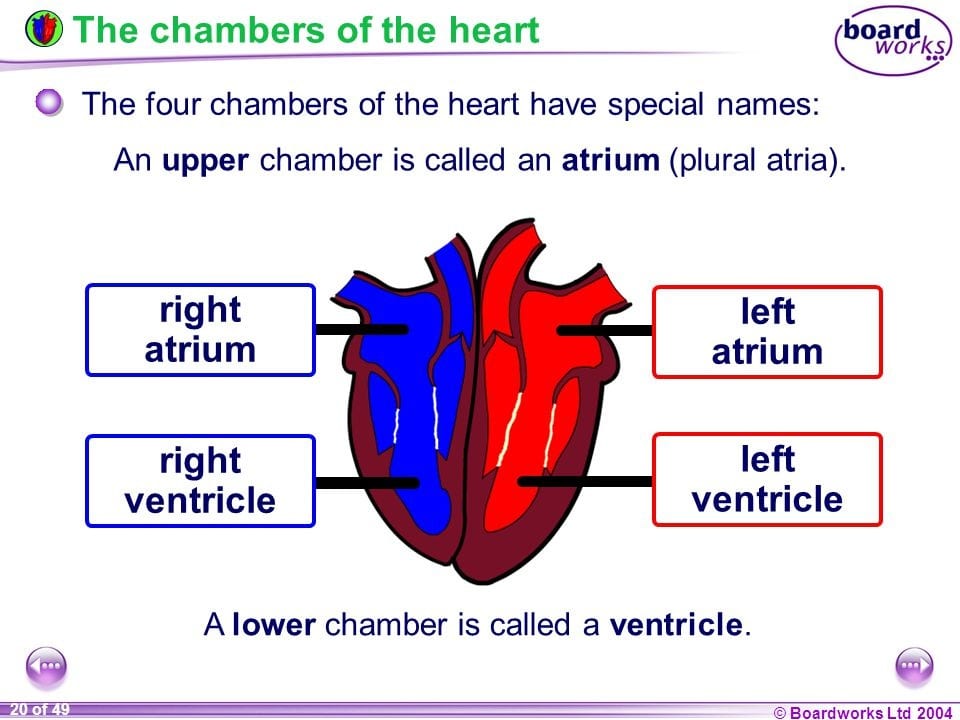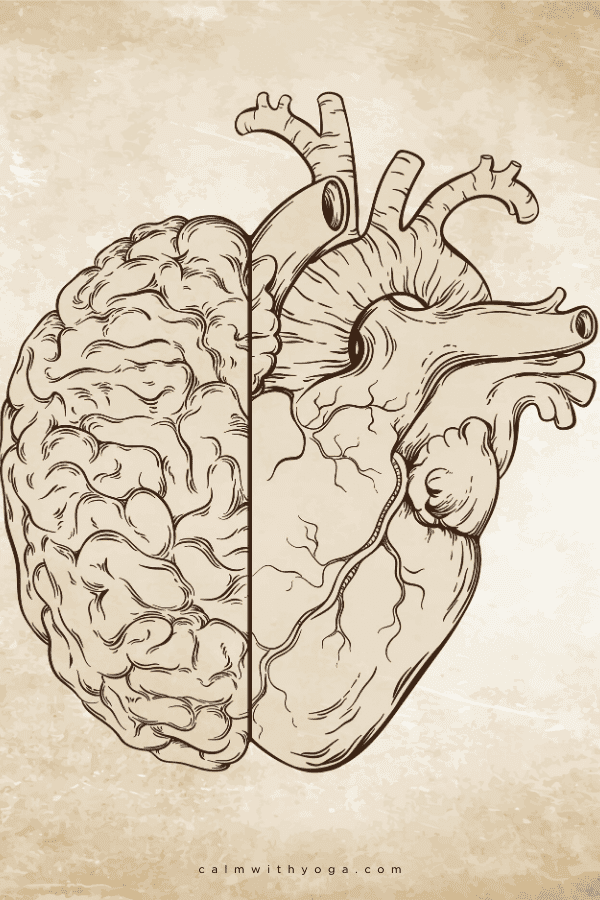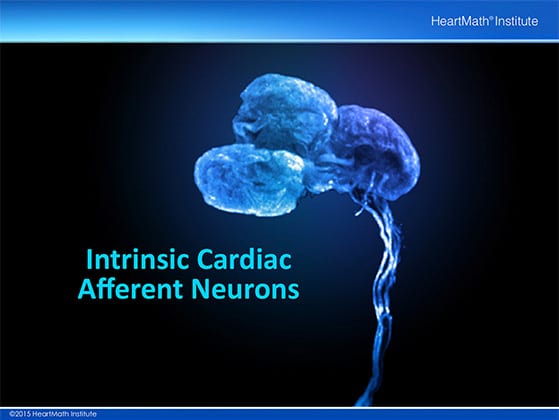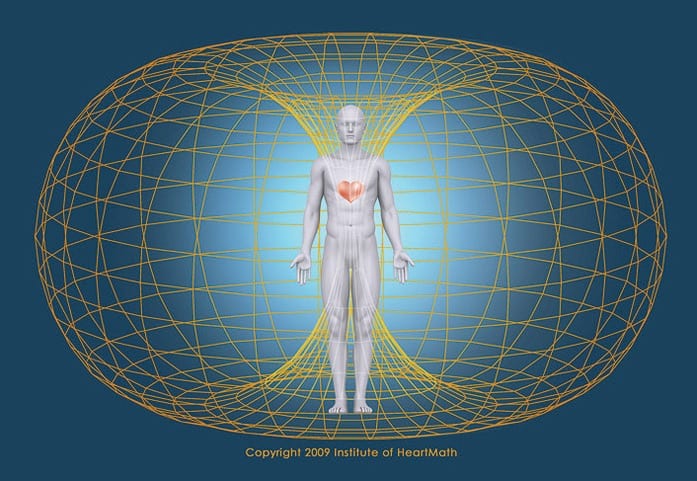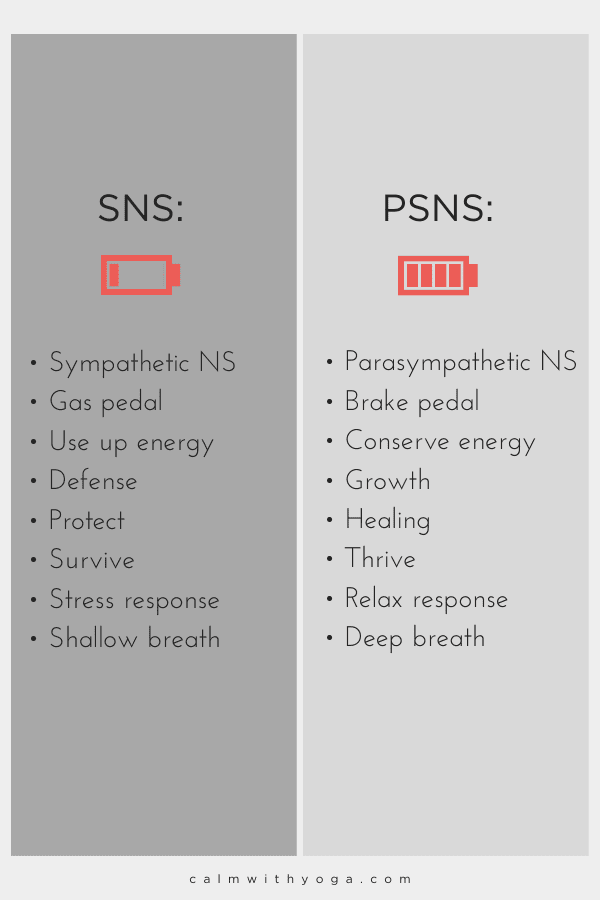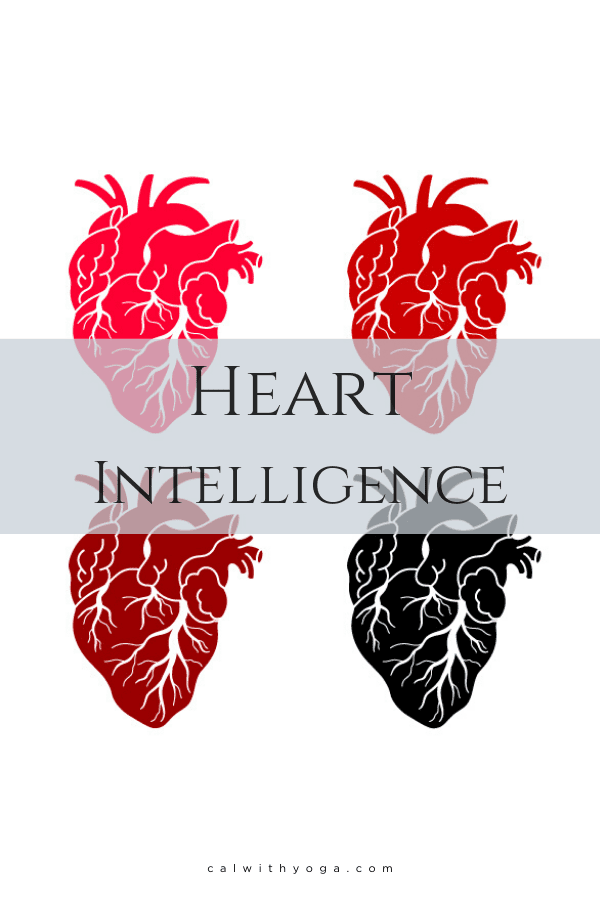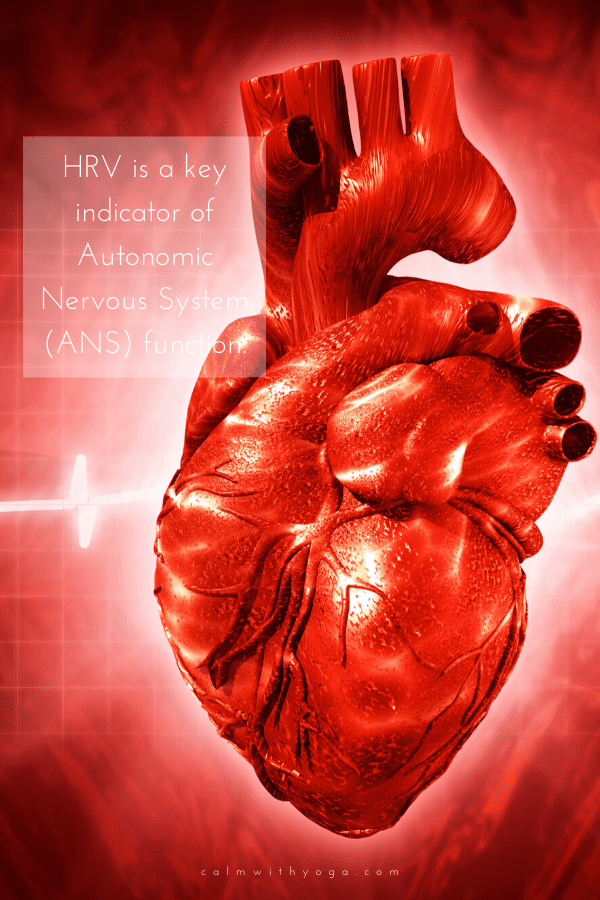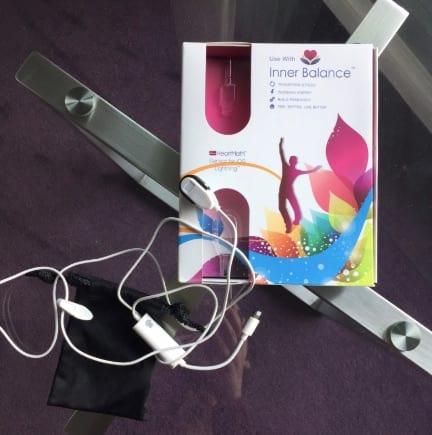– Thomas Carlyle Cultures throughout the ages have known about the importance of the role of the heart. For ancient Egyptians, the heart was the most important organ in the human body. They thought that the heart was the center of their being. They saw the heart as a connector of truth and wisdom. Yogis have taught that the heart is also the location of the 4th chakra, Anahata. When this energy center is open and activated we’re able to feel connected to ourselves and others. We’re able to access higher realms of knowledge. Hridayam is the Sanskrit word for heart and is also sometimes translated as “that which nourishes, feeds, and restores wholeness to the heart.” For ancient yogis, the word heart is used to also describe one’s essence and true knowledge. So given all of this – is the heart really just a pump that regulates blood pressure and blood vessels? Are we really ruled by our heads or does the heart hold a secret key to emotional and mental wellbeing?
Your Heart At a Glance:
The human heart pumps blood throughout your body via a network of arteries and veins known as the cardiovascular system. If [the heart] is not able to supply blood to the organs and tissues, they’ll die. – Dr. Lawrence Phillips, cardiologist It supplies oxygen and nutrients to your body’s tissues while also removing waste products. It’s a muscular organ about the size of a fist. The heart has 4 chambers: (1) 1 – The right atrium receives blood from the veins and transfers it to the right ventricle. 2- The right ventricle pumps the blood it receives from the right atrium and sends it to the lungs, where it’s infused with oxygen. 3- The left atrium pumps the oxygenated blood to the left ventricle. 4- The left ventricle (the strongest chamber) pumps oxygen-rich blood to the rest of the body. It’s the left ventricle’s contractions that create blood pressure. Cardiac function refers to the heart’s ability to meet the body’s’ demands. When the heart isn’t able to properly pump blood or meet the body’s demands an increased risk for cardiovascular diseases and problems such as myocardial infarction (heart attack) and atrial fibrillation (irregular heartbeat) can occur. What’s interesting is the increasing amount of evidence suggesting that our mental and emotional states significantly impact heart disease risk factors and heart health: (2)
A Harvard Medical School Study of 1,623 heart attack survivors found that when subjects became angry during emotional conflicts, their risk of subsequent heart attacks was more than double that of those who remained calm. (3) A review of 225 studies concluded that positive emotions promote and foster altruism, strong bodies and immune systems, effective conflict resolution skills, success and thriving. (4) In a groundbreaking study of 1,200 people at high risk of bad health, those who learned to change their unhealthy mental and emotional attitudes through self-regulation training were over four times more likely to be alive 13 years later than an equal-sized control group. (5)
The Little Brain In Your Heart
The study of neurocardiology was formed when it was first discovered that there was a “little brain in the heart,” called the Intrinsic Cardiac Nervous System. Our research suggests the heart also is an access point to a source of wisdom and intelligence that we can call upon to live our lives with more balance, greater creativity, and enhanced intuitive capacities. All of these are important for increasing personal effectiveness, improving health and relationships and achieving greater fulfillment. – Science of the Heart by the Institute of Heartmath This little nervous system is called a brain because just like the brain in your head it’s comprised of a multitude of neurons – intelligent cells that send and receive information. It’s estimated that this heart-brain is made up of about 40,000 neurons. (8) (Note: You’ve actually got 3 brains – your head brain made up of about 86 billion neurons, your heart brain and your gut-brain made up of about 200-600 million neurons.) The heart-brain’s neurons enable it to be able to act independently of the head brain. It can even learn, remember, make decisions, and feel and sense. (6)
The Heart-Brain Connection
The heart communicates with the brain and body in four ways:
Neurological communication (nervous system (autonomic nervous system) Biochemical communication (hormones) Biophysical communication (pulse wave) Energetic communication (electromagnetic fields)
Did you know that your heart generates the most powerful energetic field in your body? The electromagnetic field interactions your heart generates is 5,000 times stronger than the field generated by your brain. Your heart has the ability to create entrainment (sync up) with your body’s systems such as your nervous system, your immune system, and your digestive system. This is what we call heart coherence (aka cardiac coherence, psychophysiological coherence). The heart and brain are in constant communication with each other through the autonomic nervous system. It may surprise you to find out that it’s actually the heart that sends more information up to the brain than vice versa. It’s estimated that information sent from the heart to the brain constitutes 90% while only 10% of information travels from the brain to the heart. (6) The information from the brain to the heart and vice versa travels through both branches of the autonomic nervous system: The sympathetic nervous system (SNS) – acts like the gas pedal that revs up your energy reserves and uses them. The SNS oversees the fight or flight response (aka stress response). The parasympathetic nervous system (PSNS) – acts like the brake pedal that slows down your body system and conserves rather than uses energy. The PSNS oversees the tend and befriend, rest and digest response (aka relaxation response).
Information traveling from the head brain to the heart-brain registers into the heart’s intrinsic nervous system. Sensors in the heart-brain also detect heart rate, heart rhythm, pressure, and hormonal signals.
How To Activate Your Heart-Brain for More Heart Intelligence & Well-being
So by now, you know it’s no secret that the heart plays an important role in physical, mental, and emotional health. As it turns out, the most effective ways to really reduce stress and anxiety and even feelings of overwhelm is to learn how to access the intelligence of the heart and shift the rhythms of the heart. – Rollin McCraty, Ph.D., Heartmath Institute A strong heart connection means that your heart is functioning optimally so that it can be in full communication with your head brain and the rest of the systems that make up your body. How do we know if we have a strong heart connection though? Your heart rhythm will let you know. If you’re constantly stressed, irritated, sleep-deprived, or sick chances are your heart rate will be elevated. Kicking in the gears of your relaxation response and heart intelligence means your heart beats slow down in frequency.
A lowered, slower heart rate creates a higher heart rate variability (HRV). Heart rate variability is a commonly used marker for detecting health, resilience, vitality, and even longevity. The higher your HRV the more activated your Heart-Brain, the stronger your body, and the more you’re able to bounce back from emotional upheaval and stress. The great thing about HRV is that it’s biofeedback and can be measured and quantified. There are certain apps and sensors that give you real-time readings such as the Institute of Heartmath’s Inner Balance.
Proven ways to shift your heart rhythms and increase HRV (heart intelligence) are centered around stimulating the vagus nerve. The vagus nerve is the tenth cranial nerve and the largest nerve of your parasympathetic nervous system which means it’s crucial to achieving a slower heart rate and entering a space of inner calm and relaxation. It runs from the base of your head down through your ears and necks to the heart and through the digestive organs. Vagal stimulation can be achieved by:
- Deep, intentional belly breathing: Every deep belly breath you take helps to stimulate the vagus nerve because it runs along your chest and abdomen. Deep breathing is the ultimate chill pill when done correctly and safely.
- Chanting: Believe it or not, chanting and humming are a proven way to stimulate your vagus nerve and increase vagal tone. This means that it can help you increase inner calm by activating your parasympathetic response. Your vagus nerve runs from the base of your head down your ear and throat, down to your heart, and your digestive and internal organs. According to Dr. Stephen Porges and his Polyvagal Theory, the vibrations from the vocalizations of chanting out loud or humming actually “wake up” your vagus nerve so it comes online. REFERENCES : (1) https://www.webmd.com/heart/picture-of-the-heart#1 (2) https://www.heartmath.org/research/science-of-the-heart/resilience-stress-and-emotions/ (3) Mittleman, M.A., et al., Triggering of acute myocardial infarction onset by episodes of anger. Determinants of Myocardial Infarction Onset Study Investigators. Circulation, 1995. 92(7): p. 1720-5. (4) Lyubomirsky, S., L. King, and E. Diener, The benefits of frequent positive affect: does happiness lead to success? Psychol Bull, 2005. 131(6): p. 803-55. (5) Grossarth-Maticek, R. and H.J. Eysenck, Creative novation behaviour therapy as a prophylactic treatment for cancer and coronary heart disease: Part I–Description of treatment [published erratum appears in Behav Res Ther 1993 May;31(4):437] [see comments]. Behav Res Ther, 1991. 29(1): p. 1-16. (6) https://www.heartmath.org/research/science-of-the-heart/heart-brain-communication/
